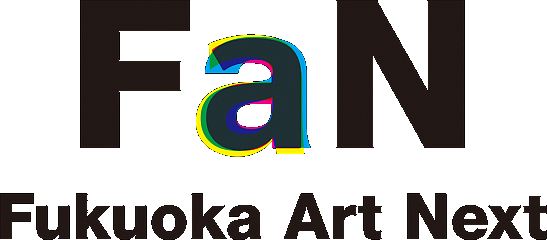Collection policy
Permanent Collection of the Fukuoka Asian Art Museum
The Fukuoka Asian Art Museum opened on March 6 , 1999 as a museum for collecting and exhibiting Asian modern and contemporary art. There is no other collection of this quality and quantity in the world with over 5,000 works (as of 2023) covering various aspects drawn from 23 Asian countries and regions.
In the Asia Gallery, the streams of Asian modern and contemporary art are introduced through the collection and temporary exhibitions with specific themes. The exhibits are changed from time to time in order to introduce the richness, diverse expressions and the fresh impact of Asian art.
Formation of the Collection
The basic of the collection was formed by Fukuoka Art Museum, the parent museum of Fukuoka Asian Art Museum. Fukuoka Art Museum had held the Asian Art Shows every 5 years, as well as solo and group exhibitions of Asian contemporary artists, since its opening in 1979. It kept collecting works through these exhibitions for over 20 years, which has made the collection represent the art scene of each period. Fukuoka Art Museum also paid attention to the popular, ethnic and folk art that were excluded from ‘fine art’ in a narrow sense and added the works that reflected the reality of the public into its collection. Fukuoka Asian Art Museum continues to enrich its collection that was built upon this past accomplishment by pursuing the principles below.
Principles of the Collection
Fukuoka Asian Art Museum systematically collects modern and contemporary artworks that show the originality and distinctive aesthetics of Asian art without adhering to the framework of ‘fine art’ derived from modern Western values. It sets the principles below, which are aimed at creating a new criterion in Asian art.
The Fukuoka Asian Art Museum collects;
(1) works that show the streams of Asian art from the modern to the contemporary period
(2) folk art, ethnic art and popular art that are important in considering Asian modern and contemporary art
(3) other traditional art and craft that are important in considering Asian modern and contemporary art
Asian modern art here refers to the art that rose after the Asian countries and regions encountered Western modern art and culture, after which they began to seek new expressions different from traditional art focusing on individual creativity. Fukuoka Asian Art Museum will keep tackling this issue of ‘modern’ in the different contexts of art in each country and region.
Asia defined here is 23 countries and regions eastward from Pakistan, southward from Mongolia and westward from Indonesia. Fukuoka Asian Art Museum considers the re-definition of the boundaries of Asia through exhibitions and expansions of its collection.
With regard to Japanese artists, Fukuoka Asian Art Museum diverges its role from Fukuoka Art Museum. The works collected for Fukuoka Asian Art Museum are those resulting from encounters with other Asian countries.

